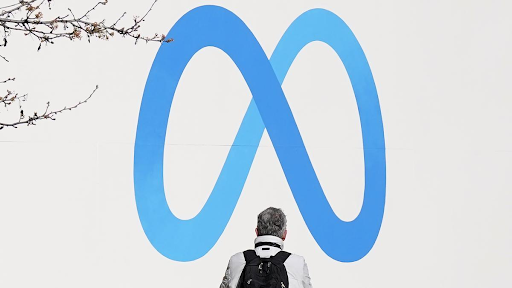Description

Disclaimer: Copyright infringement not intended.
Context
Recently, RBI announced the introduction of the Unified Lending Interface (ULI). This marks a step towards revolutionising India’s credit system.
All about Unified Lending Interface (ULI)
About:
ULI is a new public technology platform for credit. It will facilitate frictionless loan approvals.
Aim:
- The platform is aimed at catering to a large unmet demand for credit/loan across various sectors.
- The platform specifically targets agricultural and medium, small, and micro-enterprises (MSME) borrowers.
- ULI basically aims to transform the lending space in India.
Working:
- Friction less loan approvals will be done by digitizing access to the customer's financial and non-financial data that was previously stored in separate silos.
- Basically, ULI will be providing a consent-based flow of digital information among departments. This flow of digital information will not be limited to only the financial parameters but also include details such as land records from multiple data providers to the lenders.
- This will eventually lead to "frictionless credit", reducing the time taken for credit approvals.
Technology behind ULI:
- The architecture is designed for a plug and play approach. The platform will have common and standardised Application Programming Interfaces (APIs) to ensure access to information from diverse sources.
- This design reduces the complexity of integrating multiple technical systems, allowing borrowers to benefit from quicker access to credit with minimal documentation and paperwork.
API and Plug & Play Approach
An API, or application programming interface, is a set of rules that enables software applications to communicate with each other to exchange data, features and functionality. Plug & Play integrations reduce the implementation timeline from months, to just a few days or weeks, allowing benefits almost immediately.
|
Expected Benefits of ULI:
- The ULI is projected to provide a significant unmet demand for credit across several sectors, especially for agricultural and MSME borrowers.
- The platform is expected to reduce the turnaround time or TAT for processing and sanctioning loans, while shrinking the complexities for the parties involved in the process i.e. lenders and borrowers.
Challenges and Solution:
- There would be difficulties and potential trade-offs in actually implementing interoperability.
- The application of common (international) technical standards can help overcome technological obstacles. Finalizing the governance structure or management framework would also be necessary for long-term viability.
READ ALL ABOUT UPI: https://www.iasgyan.in/daily-current-affairs/upi
|
PRACTICE QUESTION
Q. A new trinity of JAM-UPI-ULI could be a revolutionary step in India's lending space. Analyse.
|
SOURCE: Multiple Newspapers
















